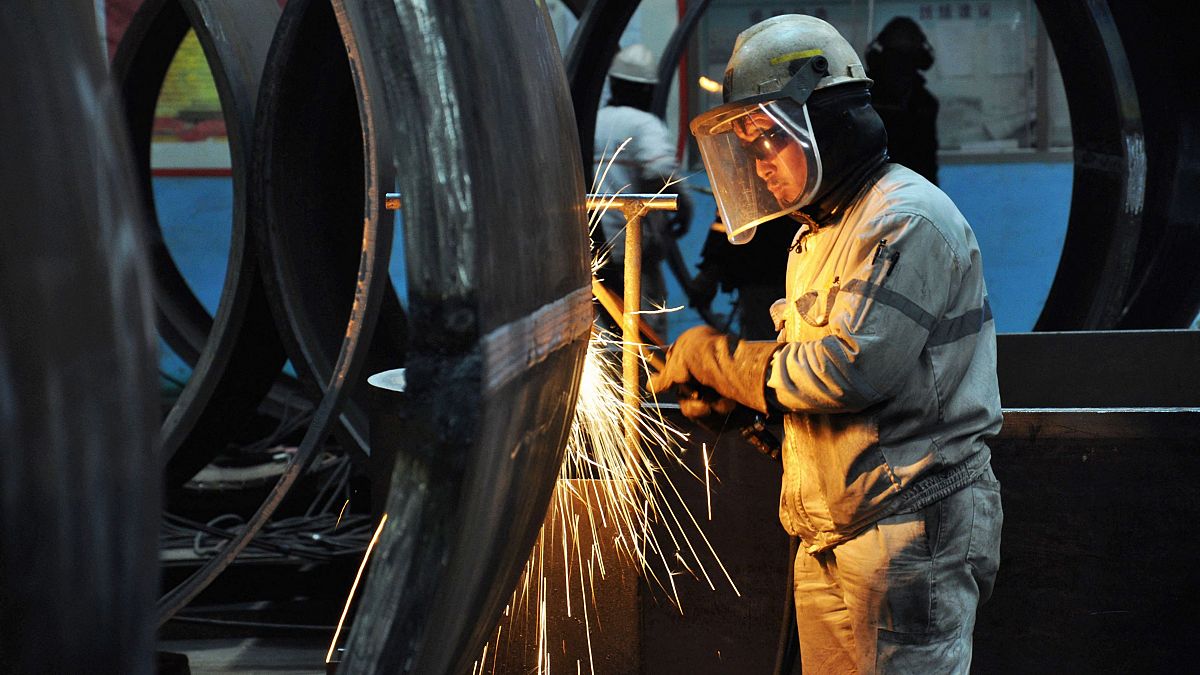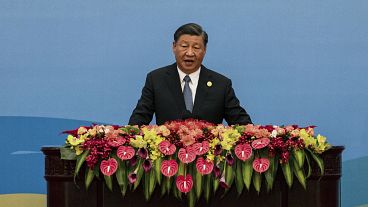The world's second-largest economy expanded by 4.9% year on year in the third quarter, beating analysts’ forecasts but showing signs of slowing down.
The Chinese economy showed a bigger-than-expected expansion in the period of July-September, suggesting that a recent set of measures that Beijing put in place to boost the GDP, has worked.
According to the National Bureau of Statistics of China, the GDP expanded by 4.9% in a yearly comparison, following the 6.3% annual growth rate of the previous quarter.
One of the main drives of the growth was the increase in retail sales, a good indicator of consumption. It grew 5.5% in September from a year earlier, beating expectations.
Industrial output, which measures activity in the manufacturing, mining and utilities sectors, kept rising at the same pace as previously, by 4.5% year on year in September.
Previously released data shows that exports (providing 20% of the economy) have declined by 6.2% year-on-year in September.
Meanwhile, the ailing property sector (real estate counts for about 30% of China's GDP) sank deeper into crisis, grappling with pressures on debt repayments, home sales, and investment.
Experts are cautious - dark clouds are still on the horizon
A stimulus package from the Chinese government kept the economy afloat over the past months.
Beijing raised state spending on infrastructure, cut interest rates and eased curbs on home-buying to support growth, which has been struggling to shake off the damage caused by the COVID-19 pandemic.
Even though the latest data set suggests that China is on track with Beijing's target of about 5% growth for 2023, economists say wider reforms are needed to address long-term problems that are stifling growth.
Stephen Innes, managing partner at SPI Asset Management, said that although the numbers beat expectations, China’s economy is “not out of the woods by any means.”
“This growth suggests a modest improvement in the Chinese economy. However, there are ongoing calls for increased policy support to maintain consistent growth, as there are concerns about the sustainability of the recovery,” Innes said in a note.
Oxford Economics' China economist Louise Loo said that the third quarter data showed that a “stimulus-led cyclical pickup in China was underway”.
The question is how sustainable this growth can be.
The ruling Communist Party has in the past decade deliberately sought to shift away from a reliance on government-led investment in massive infrastructure projects to one that is driven more by consumer demand as is typical of other major economies.
Slowing growth reflects that effort to attain a more sustainable path to affluence, but the disruptions from the pandemic and a crackdown on excessive borrowing by property developers have accentuated underlying weaknesses.
With unemployment rising and foreign investment slowing sharply, the government has adopted the classical approach of raising spending, while saying it would focus on clean energy and other improvements.
Last week, the International Monetary Fund (IMF) cut growth forecasts for China, predicting economic growth of 5% this year and 4.2% in 2024, down slightly from its forecasts in July.
The slower growth is expected to come due to weaker consumer confidence, subdued global demand and a crisis in the property sector.



